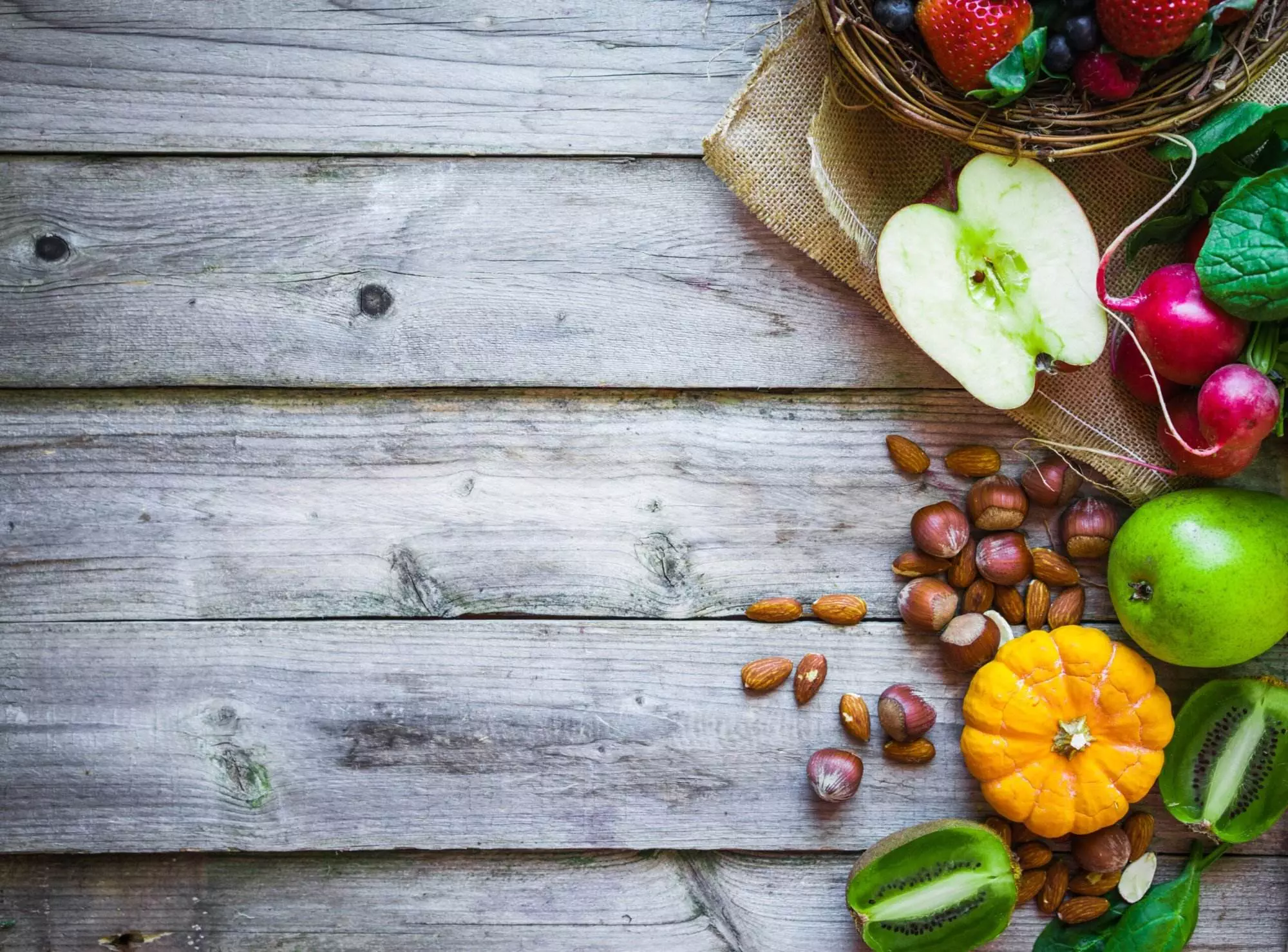
The DASH Diet: Your Guide to Lower Blood Pressure and Healthy Eating
Dash diet is a popular eating plan that has been proven effective in lowering blood pressure levels. It’s not just about reducing your sodium intake, but also about incorporating healthier food choices into your daily meals. In this guide, we will explore everything you need to know about the DASH diet, including its benefits, food recommendations, sample meal plans, and frequently asked questions.
Introduction to the DASH Diet
The DASH diet was developed by the National Heart, Lung, and Blood Institute (NHLBI) as part of a research study on hypertension. The acronym “DASH” stands for Dietary Approaches to Stop Hypertension. This eating plan focuses on balancing nutrients such as protein, fiber, vitamins, and minerals while limiting saturated fat, cholesterol, and sodium. By doing so, it helps reduce high blood pressure levels and promotes overall heart health.

Understanding Blood Pressure and How the DASH Diet Can Help
Blood pressure refers to the force exerted against the walls of your arteries when your heart pumps blood throughout your body. High blood pressure or hypertension can lead to serious health problems like stroke, heart attack, kidney failure, and even death. The good news is that lifestyle changes, including following a healthy diet like the DASH diet, can help manage and prevent hypertension.
The Best Foods for Your Heart on the DASH Diet
The DASH diet emphasizes whole grains, fruits, vegetables, lean proteins, nuts, seeds, and low-fat dairy products. These food groups are rich in essential nutrients that promote heart health. Here are some specific examples of what to eat on the DASH diet:
Whole grains: oats, quinoa, brown rice, whole wheat bread, and pasta
Fruits: bananas, apples, berries, citrus fruits, kiwi, mango, papaya, and pears
Vegetables: leafy greens, carrots, broccoli, cauliflower, sweet potatoes, tomatoes, spinach, kale, and bell peppers
Lean proteins: fish, skinless chicken breast, turkey, beans, legumes, and tofu
Nuts and seeds: almonds, walnuts, pecans, sunflower seeds, pumpkin seeds, and flaxseeds
Low-fat dairy products: milk, yogurt, cheese, and cottage cheese
Sample Meal Plan and Recipes for the DASH Diet
Here’s an example of a typical day on the DASH diet:
Breakfast: Overnight oats with fresh fruit and nuts
Lunch: Grilled salmon with roasted veggies and quinoa
Snack: Apple slices with almond butter
Dinner: Turkey chili with mixed beans and brown rice
Frequently Asked Questions About the DASH Diet
1. What if I don’t like certain foods on the DASH diet?
You can still follow the DASH diet by substituting foods you don’t like with other options from the same food group. For instance, if you don’t like brown rice, you could try quinoa instead. If you don’t like fish, you could increase your intake of lean proteins like chicken or tofu.
2. Is the DASH diet safe for everyone?
The DASH diet is generally considered safe for most people, but it may not be suitable for those with certain medical conditions or allergies. Always consult with your doctor before making any significant changes to your diet.
3. Will I lose weight on the DASH diet?
While the primary goal of the DASH diet is to improve heart health, many people do report weight loss while following this eating plan. However, it’s not specifically designed for weight loss, and results may vary depending on individual factors like activity level and calorie needs.
Conclusion

The DASH diet is a well-balanced eating plan that offers numerous health benefits, particularly for those looking to lower their blood pressure levels. By incorporating more whole foods into your diet and limiting processed and high-sodium items, you can support your heart health and reduce your risk of chronic diseases.